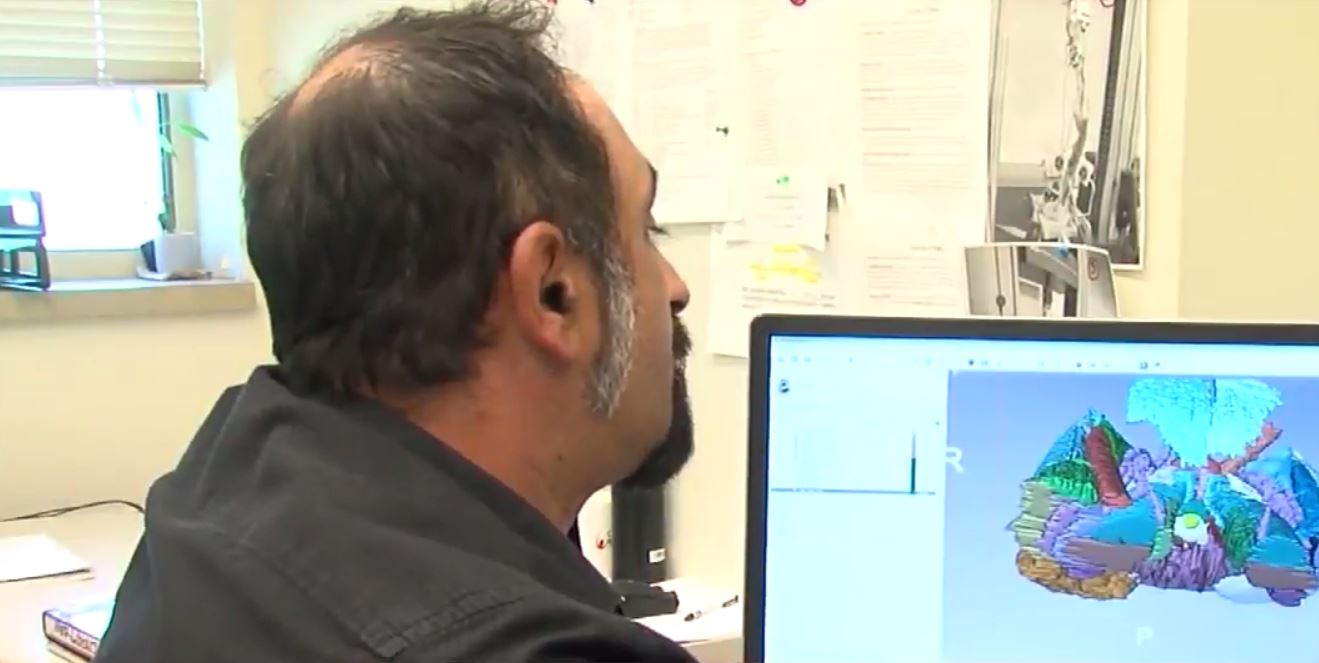A group of students at the University of Missouri – Kansas City have developed a new program they hope will drastically reduce the number of errors associated with a risky procedure.
Bringing together medical and engineering students, the team have created a simulation model to help surgeons with midurethral sling surgery — an operation associated with particularly dangerous errors.
According to a lead professor of the program, in about 5-10 percent of the operations, the patient’s bladder is impaled by a spear. Fatal injuries occur less than 1 percent of the time, but the team is aiming to reduce that number to zero.

(Image credit: Screen grab from KSHB-TV video)
With motion sensors and 3D imaging, the team has come up with a way surgeons can model the patient’s anatomy and then simulate the surgery. This will help the surgeon prepare and possibly make needed adjustments before stepping into the OR.
“You can see benefits because by the time they actually go into the surgery room, they have a very clear understanding of what they need to do and why,” an associate professor of engineering working on the technology said.
Similar technologies that help surgeons to simulate tricky procedures have also been developed by other researchers and engineers. But this is one of the first that targets one specific surgery and could be broadly applied throughout the industry.




